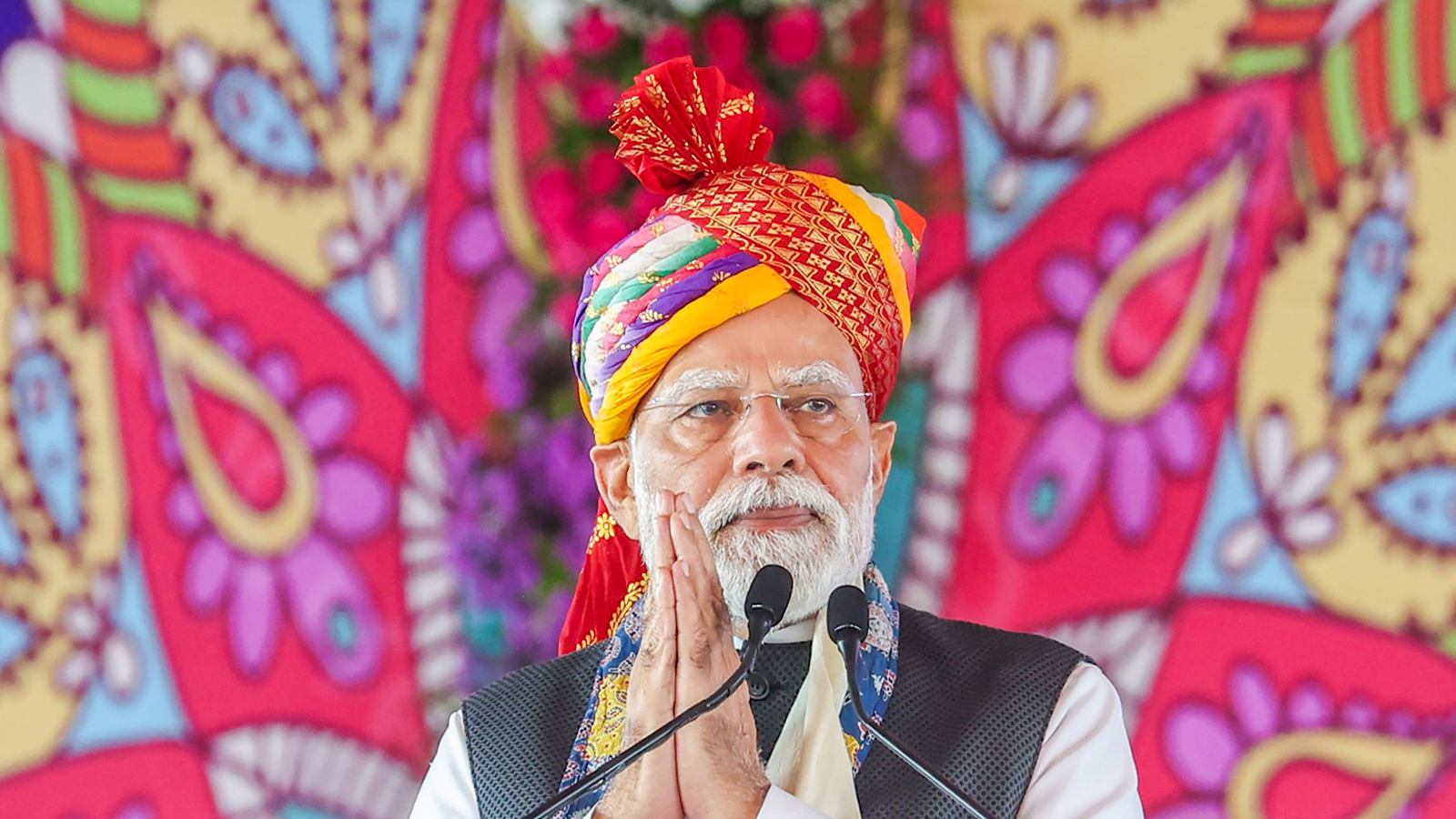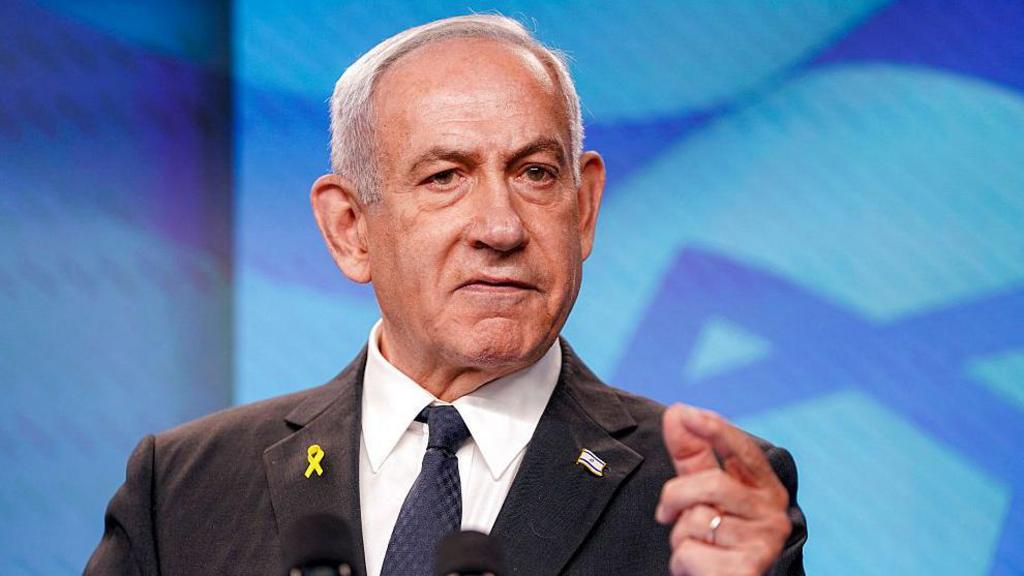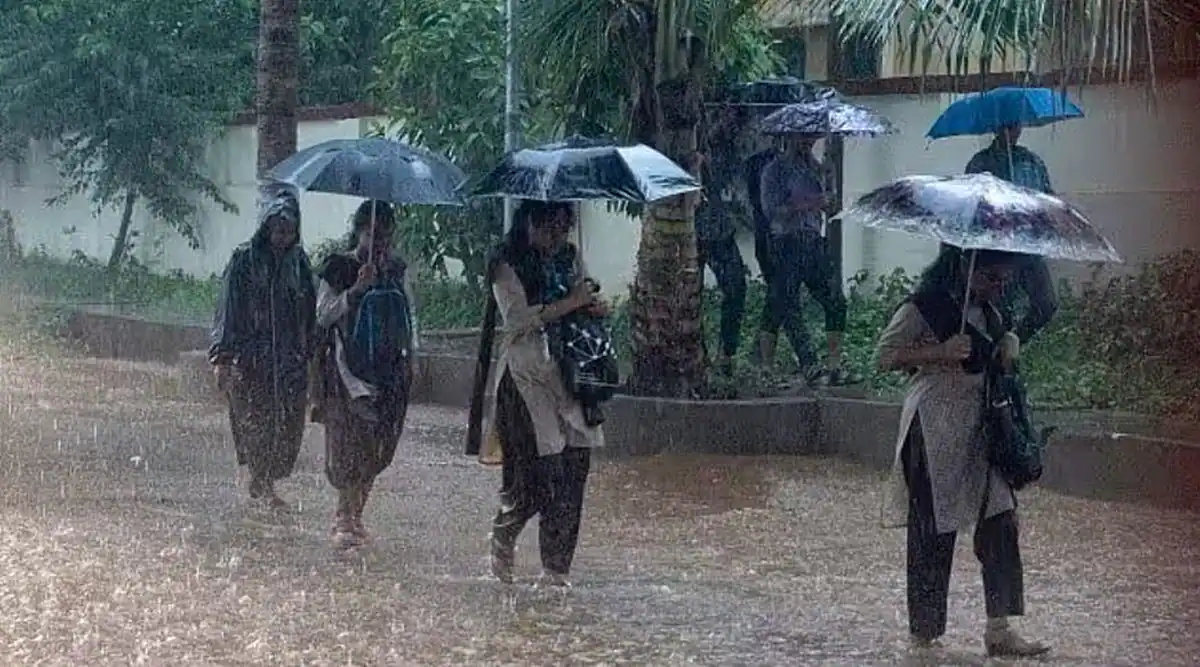Now Reading: PM Modi Unveils ₹1.22 Lakh Crore Infrastructure and Energy Projects in Banswara
-
01
PM Modi Unveils ₹1.22 Lakh Crore Infrastructure and Energy Projects in Banswara
PM Modi Unveils ₹1.22 Lakh Crore Infrastructure and Energy Projects in Banswara

Prime Minister Narendra Modi visited Banswara, Rajasthan, on September 25, 2025, to inaugurate and lay the foundation stones for development projects totaling ₹1.22 lakh crore. These initiatives span various sectors, with a significant emphasis on energy, infrastructure, and social welfare.
Nuclear Power Initiative: Mahi-Banswara Atomic Project
A cornerstone of the visit was the foundation stone-laying ceremony for the Mahi-Banswara nuclear power plant. This project, estimated at ₹42,000 crore, will be Rajasthan’s second nuclear facility, featuring four 700 MWe pressurized heavy water reactors. The plant aims to commence operations by May 2032, contributing to India’s goal of achieving 100 GW of nuclear power capacity.
Green Energy Focus
In alignment with India’s commitment to renewable energy, the Prime Minister launched clean energy projects worth ₹63,683 crore. These initiatives include solar, wind, and storage solutions, supporting the national target of 500 GW of non-fossil fuel capacity by 2030.
Infrastructure and Social Development
The unveiled projects encompass a range of infrastructure developments, including highways, flyovers, and a 250-bed RBM Hospital. Additionally, the government is implementing water management schemes and IT initiatives to enhance e-governance. In the rail sector, two new Vande Bharat trains and the Udaipur City-Chandigarh Express were flagged off. The Prime Minister also distributed 15,000 job appointment letters, aiming to bolster employment opportunities in the region.
Political Context
During his address, Prime Minister Modi criticized the previous Congress-led government for neglecting the country’s energy needs and imposing high taxes. He emphasized the importance of “swadeshi” (self-reliance) and highlighted the government’s achievements in providing free electricity to 2.5 crore households since 2014.
Conclusion
The projects unveiled in Banswara signify a substantial investment in Rajasthan’s development, focusing on sustainable energy, infrastructure, and social welfare. These initiatives reflect the government’s commitment to regional growth and energy independence, aligning with national objectives for a self-reliant and sustainable future.

























